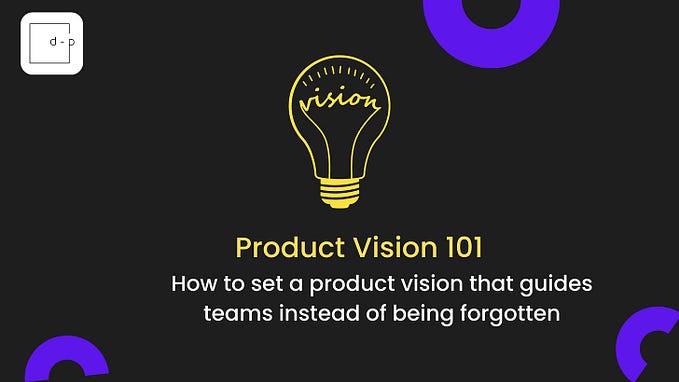Member-only story
The hidden bias in iterative product development
Are we psychologically primed to focus on the wrong parts of our product?

In his book Thinking, Fast and Slow, Nobel Prize-winning economist Daniel Kahneman discusses the psychological phenomenon of loss aversion, which he, along with Amos Tversky, first identified back in 1979. At its core, loss aversion refers to the tendency of the human brain to react more strongly to losses than it does to gains. Or, as Wikipedia puts it, people “prefer avoiding losses to acquiring equivalent gains: it is better to not lose $5 than to find $5.” This phenomenon is so ingrained in our psyche that some studies suggest that losses are twice as powerful, psychologically, as gains.
In his book, Kahneman describes a study of professional golfers. The goal of the study was to see if their concentration and focus was greater on par putts (where failure would mean losing a stroke) or on birdie putts (where success would mean gaining a stroke). In an analysis of 2.5 million putts, the study found that regardless of the putt difficulty, pro golfers were more successful on par putts, the putts that avoided a loss, than they were on birdie putts where they had a potential gain. The subconscious aversion to loss pushed them to greater focus.
If loss aversion is powerful enough to influence the outcome of a professional golfers putts, where else could it be shaping our focus and decisions?
Loss, Gain, and Iterative Product Development
Iterative product development is a process designed to help teams “ship” (get a product in front of customers) as quickly as possible by actively reducing the initial complexity of features and functionality. This is valuable because it gets the product in the hands of users sooner, allowing the team to quickly validate whether they’ve built the right thing or not. This makes it less risky to try something new. The alternative process, waterfall, asked teams to build in all the complexity upfront and then put the product in front of customers. A much riskier and potentially costlier proposition.
Iterative product development achieves its speed through a Minimum Viable Product (MVP) approach. MVP means taking the possible feature set…








